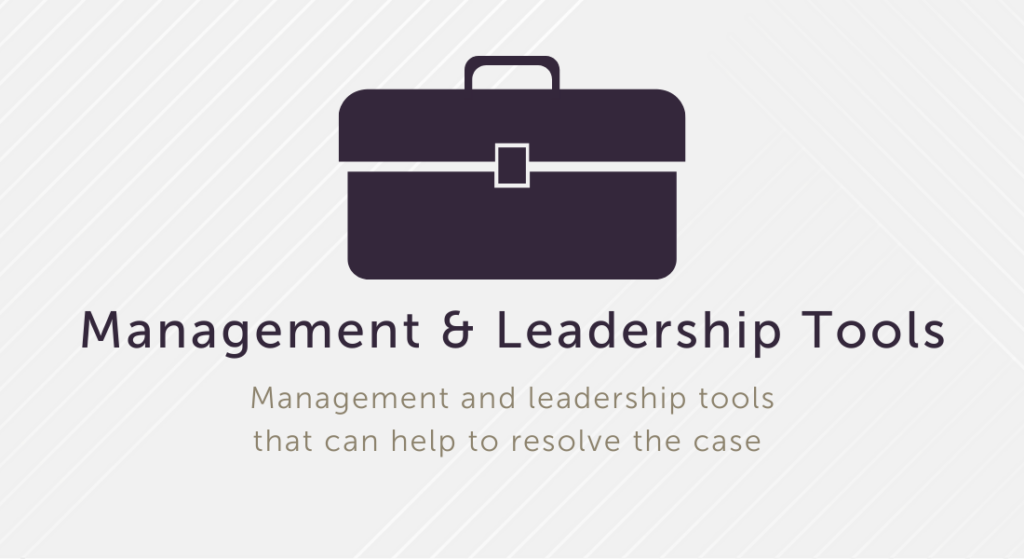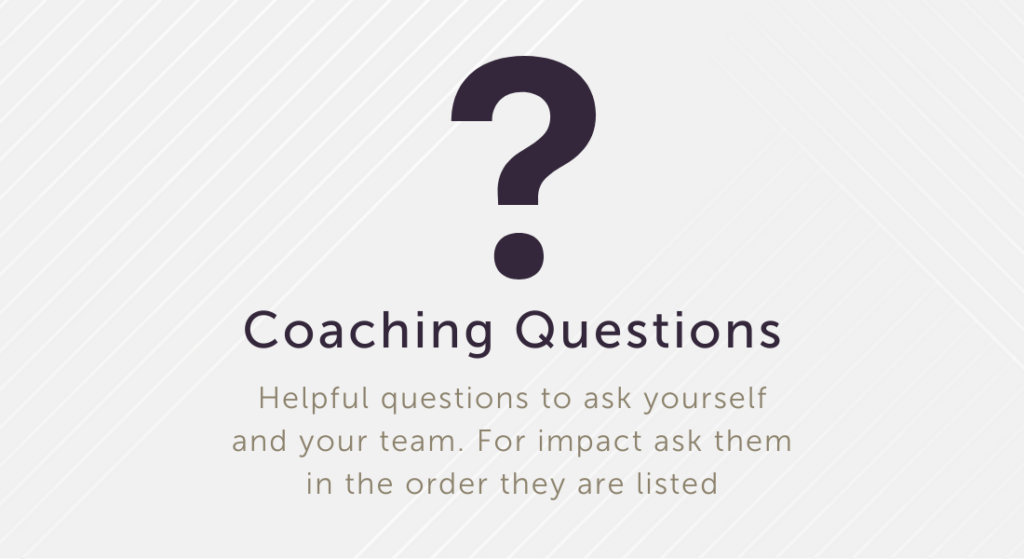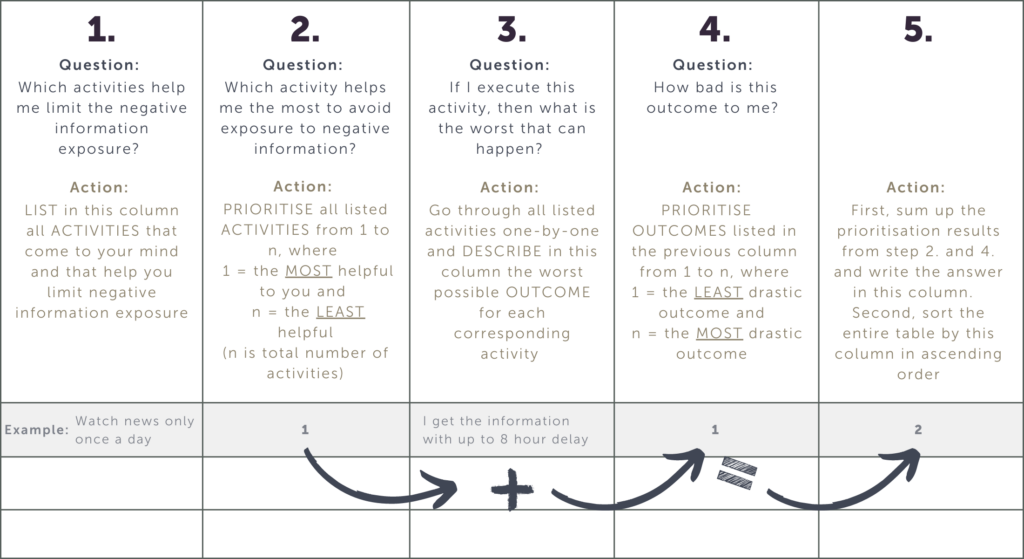
Problems with profitability, shortage of cash flow, loss of customers, low morale, declining motivation, … we all are faced with negative news from time to time. Yet, what if they break out like water from behind the flood gates, without a single second to take a deep breath?
One of my executive challenges was to save a publicly traded company from bankruptcy. The company had been in spiral of difficulties for over a decade and upon accepting the job I knew, it will be anything, but easy. A flow of negative news and mission impossible type of tasks were, to some degree, to be expected. What I misjudged was the strengths of the negativity current, that I had stepped into. It was not only weak financial results, the unfriendly evil, a.k.a. negativity, was deeply rooted in the corporate culture.
One can only imagine, what my first months looked like – it was impossible to find even one piece of positive information. Instead, every stone turned ended-up being another pandora box.
To the team, I was the source of light at the end of the dark tunnel. But I was also human and needed my own light to see. At some point, the amount of negative news I was exposed to grew so powerful, that I felt being sucked in by a quick-sand. Shortly after acknowledging it, I realised, that just as I had chosen to step into the sand, I could chose to blow this sand away and put my feet firmly on the ground.
Be it in professional or personal life, at times, we are all faced with flood of negative information. Just like in these past weeks, when the Western world is exposed to extreme amount of negative news. There just ain’t much positive one can say about the war – the failure of humanity.
How do you avoid drowning in negative news at times like this?

- Limit negative information exposure through creating controlled information exchange environments – Don’t push negative news to the team 24/7 in real-time (except emergencies that are truly time sensitive). In other words, set up regular information exchange meetings, where you are personally present and can see and analyse people’s reactions. In private life, do the same – instead of having the news channel fill your background all day, turn on some relaxing music and watch news once a day. The same applies to Social Media – ban yourself from hourly exposure and choose only one specific moment a day when you scroll through the posts. This moment should preferably be as distant from your sleep time as possible.
- Avoid flooding people’s inboxes with dozens of e-mails where each brings across one set of negative news, instead collect the info together and push it out in one single e-mail – It is mentally easier to digest one e-mail with many negative news vs. dozens of e-mails with negative news. This way, also the few positive news that come on such extreme times, will get more visibility to balance out the flood.
- Swallow your emotions while passing on negative news and remain constructive and fact based – We all know the saying, don’t poor oil into the fire. That’s why we, as executives and managers, need to learn to control our emotions. Without that control, we’ll be only feeding the chaos. Be constructive and fact based when passing on negative information. Opinions and exaggerations will only poor oil into the fire.
- Increase play times and fun activities – Bring in activities, that take people’s minds away from all this negativity, even if it’s just for a minute – a short anecdote, lunch time table tennis match, board came, etc. Let people know that they have to take breaks from the negative environment to avoid burnout or drowning in the flood.
- Decrease workweek length – people are not productive in the extreme environments. You will get the same, or in many cases even better, results if you just give people more time for themselves and their other activities (sports, friends, etc). In extreme situation, just decrease your workweek to 4 days and see what happens. I promise, results will surprise you!

How do I know that my negative information glass is getting full? – with the answer to this question you will be able to understand your personal signs for when conscious intervention is needed. Make sure to list all signs that come to mind.
Once you have identified the signs of when intervention is needed, below five step coaching exercise will help you to identify best suitable solutions. Create a five column table in steps 1 through 5 as shown below. In first four steps you will be asking yourself a question followed by corresponding activity (see below). Last step is question free involving only activities. Once you have completed the table and sorted it by column 5 in ascending order, you have identified the best suitable actions that help to avoid drowning deeper. Note, that the best solutions are the ones with the lowest scores. Now it’s only up to you to execute them!
